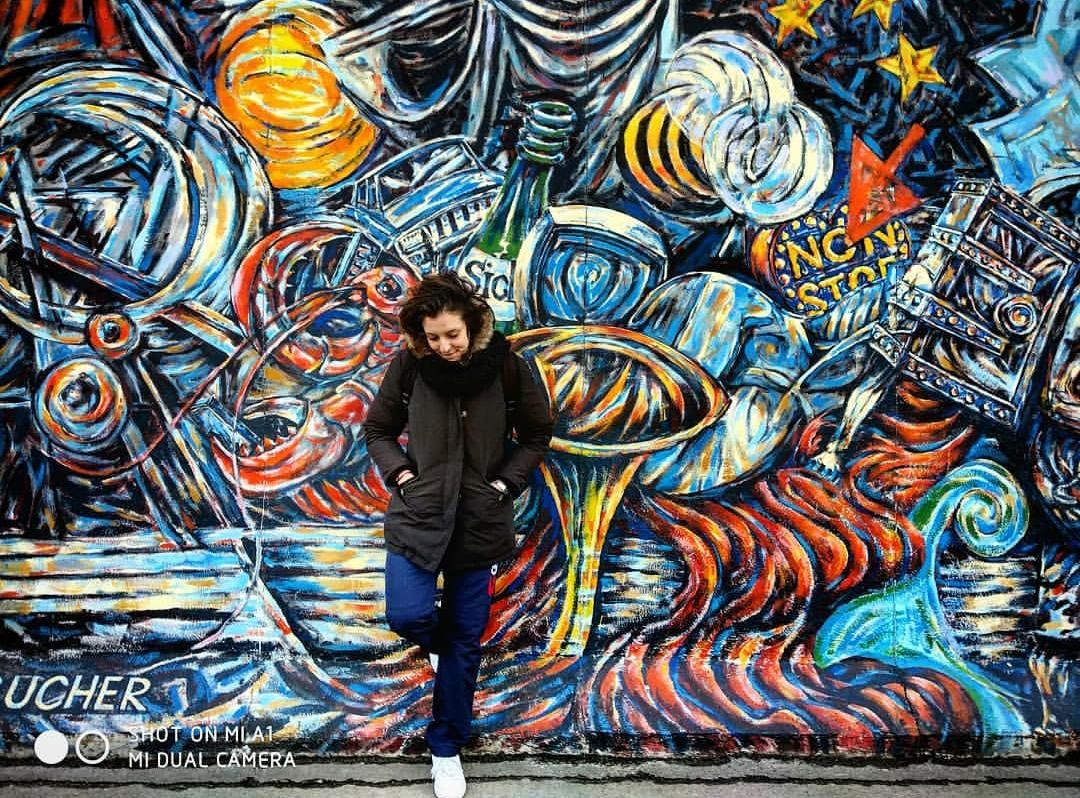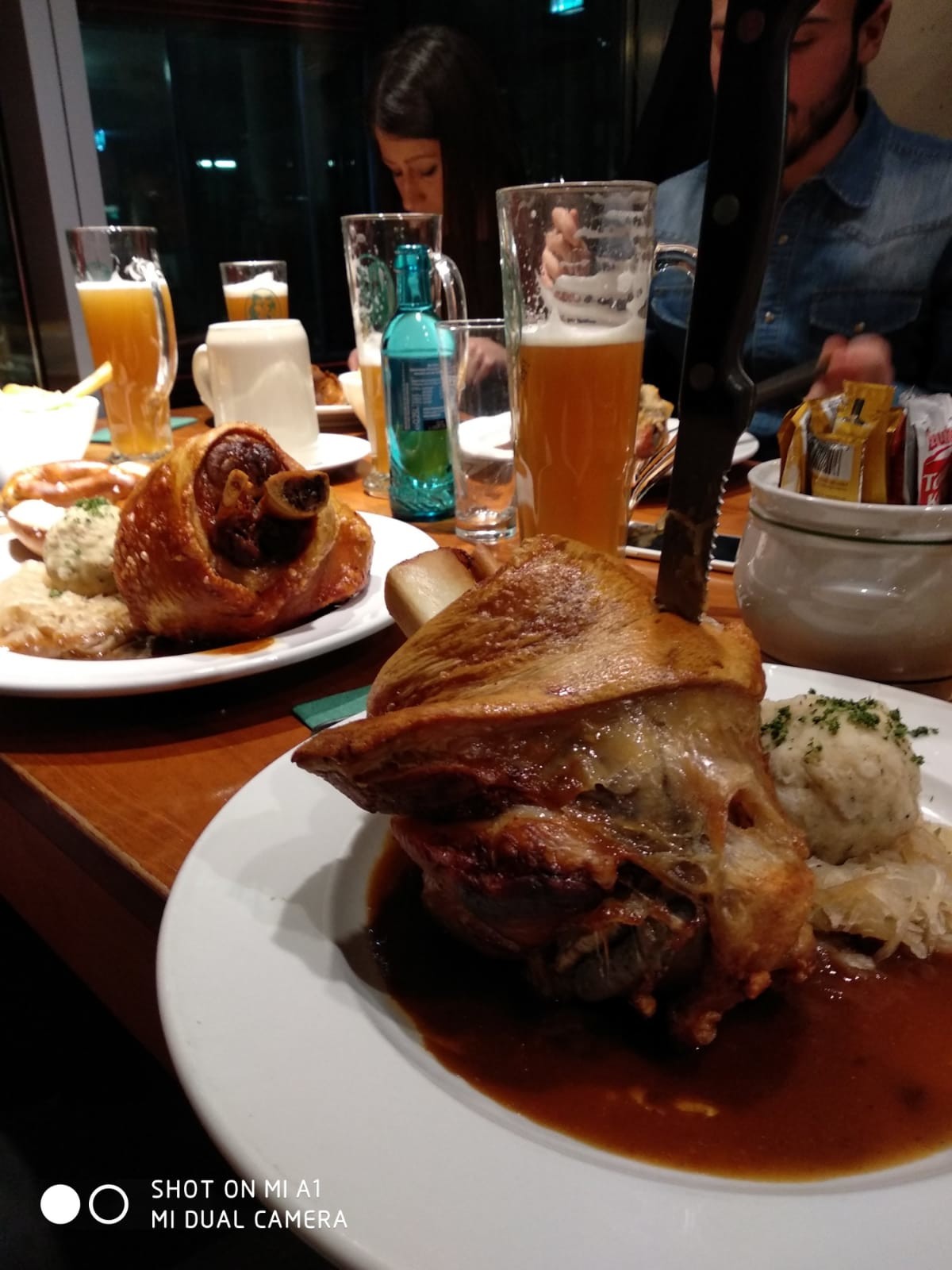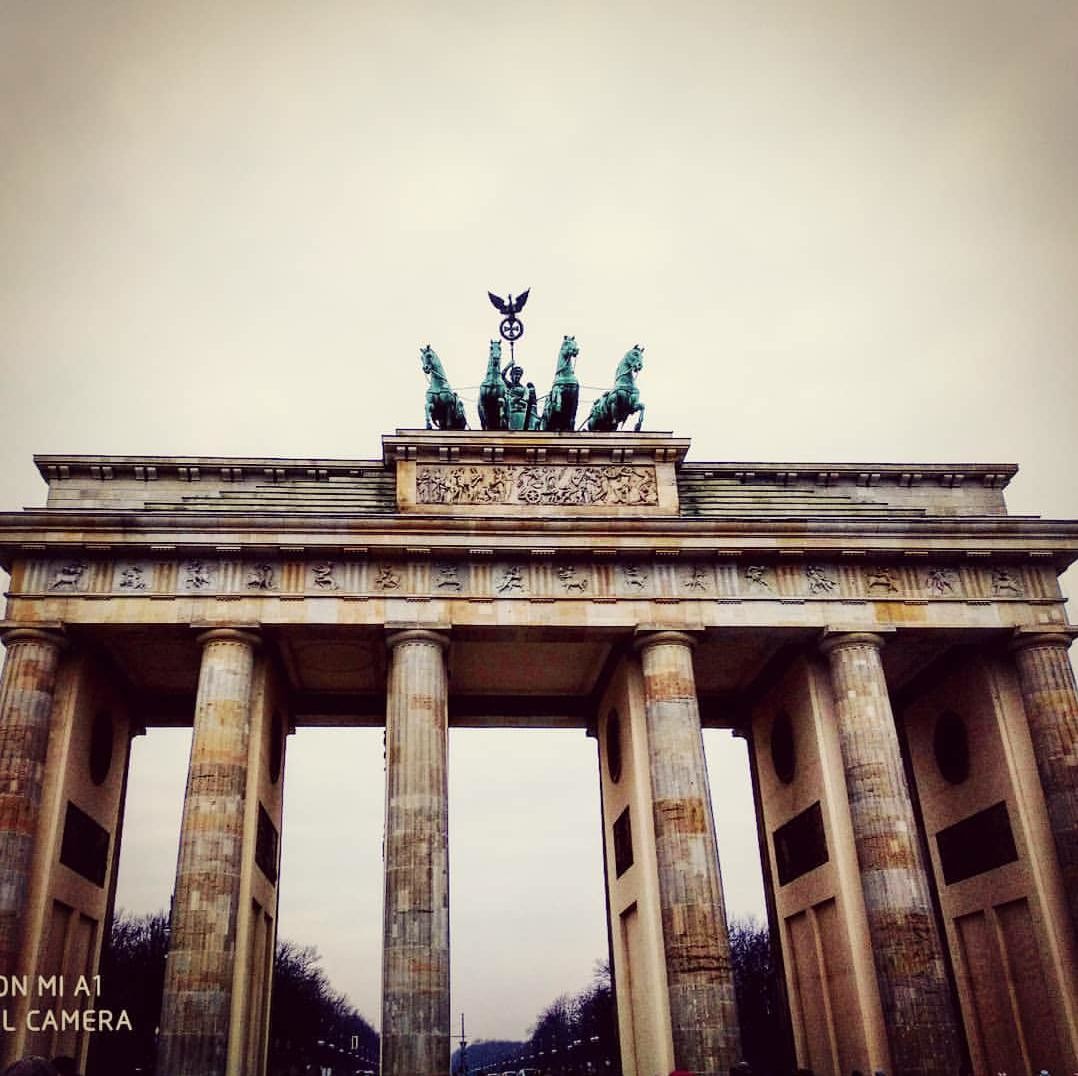Guide to Berlin (part 1)
Hello everybody!
The undisputed protagonist of today's post is a European capital, that I have visited twice and evokes in me contrasting emotions, and you will soon understand why. I am talking about Berlin. A city in the north of the great territory that is Germany. My first visit was a few years ago. Then, I had the opportunity to return due to a trip organized by my University. I find that in Berlin breathes a different air with respect to the other European capitals. The city has a gloomy past, and it is not difficult to imagine why. If we could have visited after World War II, we would have faced a frightening predicament. Berlin was completely destroyed by air strikes, its monuments and all its structures devastated. In the following years it was the protagonist of a constant recovery (especially the part of the city that was west of the Wall). Since 1989 things have changed, again. Berlin had been reunited, and the reconstruction had an impressive acceleration. When I walked down the streets, I could feel the weight that all these events had on the city, but at the same time, I was dazed and admired what Berlin had become. Berlin is a super modern city, perhaps the most modern of the European capitals. All the buildings are new, so is the public transport system, that works perfectly. The people love to feel free, and this is a very common feeling, especially amongst the youth. Through the streets and districts there is an air of independence and freedom of expression, and most of all, a desire to show yourself as you are or as you would like to be without fear of being judged.
I would like to describe, in a few words, the places in the city that have touched me in a particular way, and without any doubts, I recommend you visit them if you are traveling in the German capital:
1. Museum Island
As I mentioned, Berlin came out of World War II bleeding, and this little island, surrounded by the Sprea (the river that flows through Berlin), is one of the complexes, that following a long restoration work, looks today as it did before its destruction. This is, therefore, one of the few places in Berlin where you will have the possibility of visiting historical structures of extraordinary beauty, that belong to five museums of notable significance, like the Pergamon or the Neues. If you are an art enthusiast, you could stay there for entire days admiring hundreds of artworks. In addition to this on the banks of the river rises the Cathedral of Berlin, which is without any doubts my favorite. The structure is majestic, and its colors are beautiful, and as I walked through the garden at its entrance, I couldn't look away. I advise you to enter the Cathedral, because you will be amazed by the inside of the church, and kidnapped by the silence and the semi-darkness, that reigns as you walk between its very high columns.

2. East Side Gallery
This is definitely one of the most artistic areas of the city, as well as one of my favorites. On the east side is the longest part of the Berlin wallthat survived it's destruction of 1989. In the following years, artists, coming from every part of the world, went to Berlin to decorate a part of the wall, rendering it today an extraordinarywork of art. An absolute symbol of freedom of expression, there are many messages that the artist launched with their works: love, peace, liberty, union, and the fight against oppression, are but a few of these. It is really a required stopover, because it is liberating, and also, very fun to walk along the wall symbol par excellence of division, and to see today a open art gallery, in which colors and shapes are mixed in beautiful graffiti.

3. Checkpoint Charlie
Another important place in Berlin is Checkpoint Charlie. This is located at the intersection Friedrichstraße con Zimmerstraße, and was one of the most important access points to travel fromEast Berlin to West Berlin, and vice versa, during the years following World War II. Today, in its place is an installation ofcontemporary art: an American control cabin and two service men attired with the American uniform of the time. You will have the possibility to take a picture with them, but be prepared for a few minutes in line. You will not be the only one who wants to keep a memory of Checkpoint Charlie.
4. Memorial to the Murdered Jews of Europe
The memorial to the murdered Jews of Europe (or also Holocaust Memorial) is one of Berlin's most famous monuments. It was built to commemorate the genocide of 6 million Jews by the Nazis. It is a proper labyrinth of concrete blocks (2711 in total), built on a dis-leveled plane, which has its deepest point in its approximate midpoint. The color gray, obviously, is the predominant color. When, I began to enter the labyrinth, at first the blocks stood just above my ankles. The further I went, the higher they became, until they rose to be very high walls. Reading more carefully about the architectural significance of the work, I discovered that the intent of the artist who designed this monument was to gradually awaken in the visitor a slight sense of oppression and instability, the feeling of not having a way to escape, to be trapped in a reality that never changes, and that, on the contrary, worsens the more you go inside. He wanted to re-create at an exponentially lower intensity, the feeling that a prisoner could feel in a concentration camp. He succeeded triumphantly.
5. Gendarmenmarkt Market Square
I remember the first time I arrived in Gendarmenmarkt, Berlin's market square I was lost for words. Having already been in Berlin for a few days, and having visited other plazas, (of which I will speak of in part two of my post) all for the sake of modernity, I did not expect the spectacle that I found before my eyes. The entire square was covered with a beautiful white veil, because of the snow that had not stopped falling in the previous hours, and to each side there stood a building of extraordinary beauty. I learned later that before me stoodthe German duomo, the French duomo, and the concert hall, which together contributed to render the piazza nothing short of majestic. It is nice to walk in that area of the neighborhood, which is very elegant, and there you will find some of Berlin's most popular hotels. If you are hungry, you are very lucky, because in the immediate vicinity is the great pub Lowembrau, which I absolutely recommend if you feel like eating typical German food, like bretzel, stinco, schnitzel, wurstel, and much more. You will not be disappointed!

6. Brandenburg gate
Brandenburg gate Is one of the most important symbols of Berlin. Located on the western side of Pariser Platz, this monument struck me for its majesty and elegance. I saw very tall columns, on which you can clearly admire the statute depicting Quadriga, a chariot drawn by four horses driven byVictoria, the Roman goddess of victory. I had the opportunity to visit Brandenburger Gate more than once, and at different times of day. I advise you to admire this beautiful monument during the evening when it is illuminated, creating a game of lights and shadows, that gives it an even more magical look.

Photo gallery
Content available in other languages
- Italiano: Guida di Berlino (parte 1)
Want to have your own Erasmus blog?
If you are experiencing living abroad, you're an avid traveller or want to promote the city where you live... create your own blog and share your adventures!
I want to create my Erasmus blog! →



















Comments (0 comments)